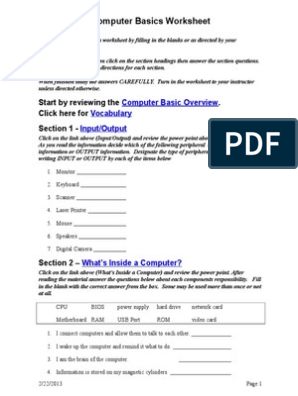0% found this document useful (0 votes)
5K views10 pages14 Basic Electrical Components & Their Functions
The document discusses 14 basic electrical components, including resistors, capacitors, LEDs, transistors, inductors, integrated circuits, circuit breakers, fuses, switches, transformers, electrical wires, batteries, relays, and motors. It describes the functions and uses of each component.
Uploaded by
Brian ByengaboCopyright
© © All Rights Reserved
We take content rights seriously. If you suspect this is your content, claim it here.
Available Formats
Download as PDF, TXT or read online on Scribd
0% found this document useful (0 votes)
5K views10 pages14 Basic Electrical Components & Their Functions
The document discusses 14 basic electrical components, including resistors, capacitors, LEDs, transistors, inductors, integrated circuits, circuit breakers, fuses, switches, transformers, electrical wires, batteries, relays, and motors. It describes the functions and uses of each component.
Uploaded by
Brian ByengaboCopyright
© © All Rights Reserved
We take content rights seriously. If you suspect this is your content, claim it here.
Available Formats
Download as PDF, TXT or read online on Scribd
/ 10





































































































